
Cosmic Resistance: TRAPPIST-1 Reimagined
Cosmic Resistance: TRAPPIST-1 Reimagined" is an immersive, interactive exhibition exploring data visualization and speculative cosmology. It was showcased as my senior project for the NYU Integrated Design & Media program.
My role - sole creator
Time frame - feb to may 2024
Skills - TouchDesigner, Python, Kinect V2 motion sensor, procedural shaders, interactive design, projection mapping, planetary science, exhibition design.

What am I
looking at?
Beyond our solar system lies a vast expanse of the unknown, where direct observation is impractical, if not impossible. To bridge this gap, NASA employs a creative approach, using available data to craft visualizations of stars and exoplanets.
The Trappist-1 system, one of the most thoroughly researched explanatory systems, exemplifies this creative interpretation. Despite the wealth of data available about its exoplanets, there's considerable room for artistic freedom in modeling each celestial body. The resulting NASA visuals are overwhelmingly dependent on a concept artist's interpretation.
The power dynamics at play in shaping our understanding of the universe cannot be overlooked. Institutions like NASA, entrusted with our cosmic exploration, often prioritize mass communication over pinpoint accuracy. This necessitates a reliance on creative expression to convey complex concepts to a general audience. The reason behind NASA's approach is the high demand for information about the universe, coupled with the challenge of making complex scientific concepts digestible and engaging. Prioritizing science communication over precision becomes necessary to meet these expectations. Although there is transparency, the lack of alternative visuals for comparison means that these representations, despite their likely inaccuracies, shape a collective perception of reality.
The truth is, we may never know what TRAPPIST-1 truly looks like in our lifetimes. In this interactive project, I present you with a unique perspective—using the same dataset as NASA, and thus maintaining the same level of accuracy, I produce a surrealistic visualization of the system. In other words, whether crafted by a concept artist at NASA or by my own imagination, each rendition holds equal validity in its representation of the system. As a result, I reveal just how little we truly understand about data visualization and critique the way we passively engage with such visuals.
Visualization of the TRAPPIST-1 system based on NASA concept artists' interpretations.
Hover over any planet to see my own interpretation.

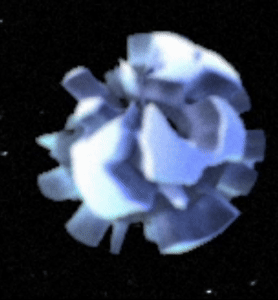
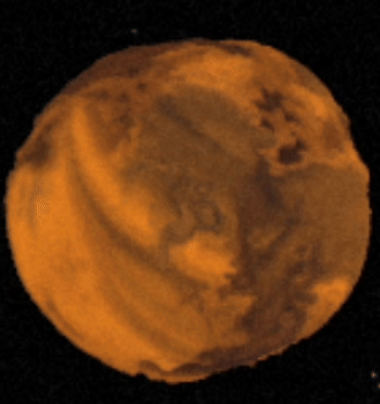
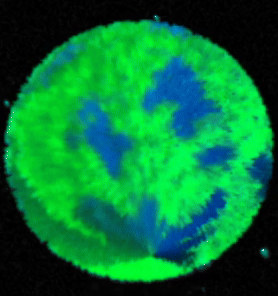
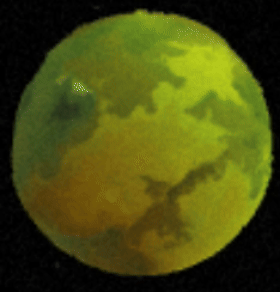
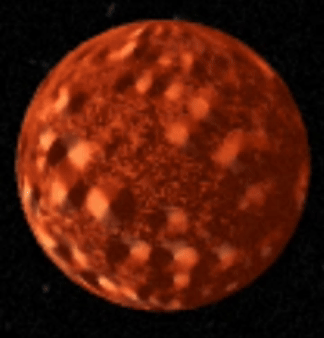
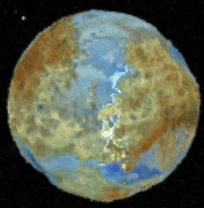
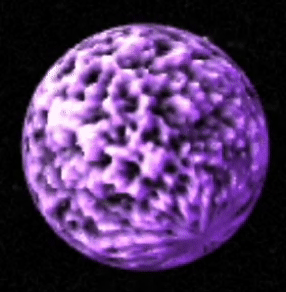
TRAPPIST-1b
1.09 R
1.374 M
5.425 g/cmˆ3
10.8 m/sˆ2
TRAPPIST-1c
TRAPPIST-1d
TRAPPIST-1e
1.06 R
1.308 M
5.447 g/cmˆ3
10.65 m/sˆ2
0.77 R
0.388 M
4.354 g/cmˆ3
4.737 m/sˆ2
0.92 R
0.692 M
4.885 g/cmˆ3
9.12 m/sˆ2
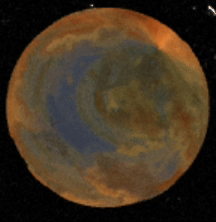
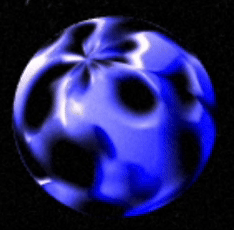

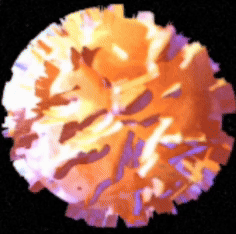

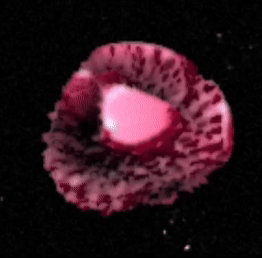
TRAPPIST-1f
TRAPPIST-1g
TRAPPIST-1h
1.045 R
1.039 M
5.009 g/cmˆ3
6.08 m/sˆ2
1.129 R
1.321 M
5.042 g/cmˆ3
8.542 m/sˆ2
0.755 R
0.326 M
4.147 g/cmˆ3
5.58 m/sˆ2
“In fact, power produces; it produces reality; it produces domains of objects and rituals of truth. The individual and the knowledge that may be gained of him belong to this production.”
Foucault famously pointed out how power dynamics influence what is accepted as truth. When authorities like NASA shape representations to meet communication goals, the responsibility for molding our perception of the universe falls disproportionately on concept artists. Acknowledging this influence of power in knowledge production allows us to critically examine the narratives that inform our cosmic understanding.
In this reimagination of Trappist-1, I challenge the default perceptions ingrained by institutional representations. By presenting alternate interpretations, I assert agency by shaping my own understanding of the cosmos. This bizarre remodeling of the Trappist-1 system prompts us to question the boundaries of reality and perception. As we navigate the intricate dance between data and imagination, let us not forget the power dynamics that influence our perception of truth. By engaging with these reimagined worlds, I invite you to contemplate the complexities of representation and challenge the narratives that shape our understanding of the universe.
Visualization of the TRAPPIST-1 system based on my own interpretation.
TRAPPIST-1b
1.09 R
1.374 M
5.425 g/cmˆ3
10.8 m/sˆ2
TRAPPIST-1c
TRAPPIST-1d
TRAPPIST-1e
TRAPPIST-1f
TRAPPIST-1g
TRAPPIST-1h
1.06 R
1.308 M
5.447 g/cmˆ3
10.65 m/sˆ2
0.77 R
0.388 M
4.354 g/cmˆ3
4.737 m/sˆ2
0.92 R
0.692 M
4.885 g/cmˆ3
9.12 m/sˆ2
1.045 R
1.039 M
5.009 g/cmˆ3
6.08 m/sˆ2
1.129 R
1.321 M
5.042 g/cmˆ3
8.542 m/sˆ2
0.755 R
0.326 M
4.147 g/cmˆ3
5.58 m/sˆ2
Process
The technical process for this project centered around exploring essential questions: How can I design something that sparks meaningful conversations? How can interactivity and immersion create more intuitive communication? From selecting the right medium to crafting impactful visuals, much of the effort was devoted to brainstorming, prototyping, and iterating.
This exploration ultimately led to the concept of using audience input to unlock alternative interpretations of each planet, transitioning seamlessly from one to the next.
Without an audience, this exhibition remains merely a visual experience. It relies on participation to fully convey its message.

handling sensor data
modeling of planets
text data
camera, light, rendering
post processing effects
output
Project file on Touchdesigner --- Hover for annotations.
Modeling Planets
Hover for annotations.
I created two materials for each planet. The first, based on NASA's artist descriptions, uses generative texture maps to achieve a realistic portrayal.
As for my surreal interpretation, I developed a noise-based procedural shader, following a similar scientific methodology based on the text data displayed on the screen.
Below you can see this demonstrated with TRAPPIST-1E as an example.
TRAPPIST1-e
Located in the habitable zone – potential for liquid water. Thin atmosphere likely, rocky surface possible, with sufficient warmth provided by the red dwarf star.
As a result, it is visualized as Earth-like due to data gaps and familiar planetary features.


However...Early Earth microbes used retinal pigments, making them appear purple; life on TRAPPIST-1e might do the same under its red dwarf light. Current data doesn’t confirm or deny this—no conclusive info on surface life or specific pigments.
As a result, a purple visualization is just as plausible.
motion sensor triggers the geometry of the exoplanet to switch between these two materials

material using generative planet texture map resembling Earth
procedurally animated shader
Implementing interactivity
I used a Kinect V2 motion sensor for interactivity, programming it to first detect the person's proximity to the projection. It then determines which planet to display based on the horizontal position of the person's hand.






